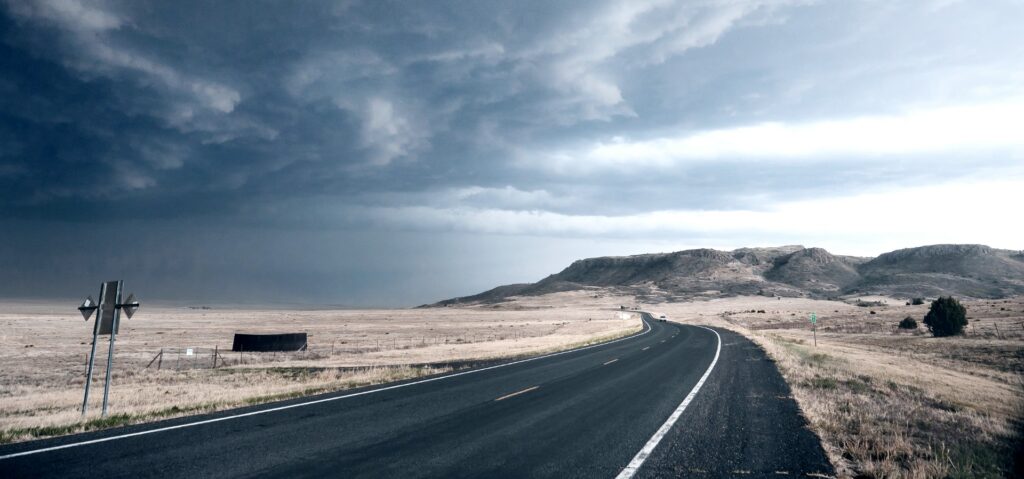How anger signals that something else is wrong
The phrase “the canary in the coal mine” originated from the early 1900s when miners would bring caged canaries into coal mines to alert them when toxic gases like carbon monoxide were collecting. The canary’s early warning signal allowed the miners to escape impending danger. Your anger is that canary.
Anger: a redundant emotion
In primitive times, anger evolved to protect us from danger. It gave us the strength to overcome enemies, or at least instil fear in them. But modern society has made it so that there aren’t many daily dangers (sabre toothed-tigers, marauding bands of cannibals) for us to worry about. And so, anger has become a redundant emotion hardwired in our DNA that we don’t have much use for. This then begs the question, what ARE we supposed to do with our anger?
Hollywood has hijacked anger in the form of violence for entertainment purposes, and society has agreed that aggression is the most suitable way for the modern man to acknowledge, and act out, their anger. As kids, we idolized Hollywood characters like De Niro’s Jake La Motta, “I don’t go down for nobody” in Raging Bull. We had posters on our walls of Al Pacino’s Tony Montana in Scarface, screaming, “Say hello to my little friend.” Keanu Reeve’s murderous John Wick had us laughing and cheering in theatres. Low self-esteem, fear, anxiety or vulnerability (those emotions that aggressive anger tends to mask) were nowhere to be seen.
But there is another way to use anger that is more productive and sustainable. In fact, used correctly, it can increase your chances of success. Tim Robbins’ Andy Dufresne character in Shawshank Redemption channelled his anger through patience and hope with the phrase: “Get busy living or get busy dying,” which sees him winning in the end. Yoda, one of the most beloved characters in Star Wars, states, “Anger, fear, aggression; the dark side of the Force they are.”
The Stoics recognized that uncontrolled anger was a destructive emotion, with Seneca stating “no plague has cost the human race more” and preferred to channel that energy to resolve injustices in the world positively. And so we can say that anger is not the problem, but how we use it is.

Different types of anger
There’s nothing wrong with using anger assertively (rather than aggressively or passively) to express your unhappiness about something. What does this look like? Let’s use the John Wick
movie series as an example (for those of you not familiar with Wick, SPOILER ALERT – he’s an ex-hitman who goes on a murderous rampage after hooligans kill his puppy gifted to him by his dead wife):
- Aggression & violence– this is anger that’s directed at other people: lashing out, raging, fighting, yelling, criticism. In the movie, this is Wick’s strategy, evident by the quotable line: “I’ll kill them. I’ll kill them all.” He proceeds to do so. Not much of a strategy in real life, but it made for a great box office series.
- Passive aggression– when you’re angry, and you don’t want people to know it by holding grudges, giving people the silent treatment, or spreading rumours. If Wick had taken this approach, he’d have said, “You know what, it’s okay. Don’t worry about it.” Then talked about all the baddies behind their backs. More of a soap opera than a movie.
- Internal aggression– when you direct anger inwardly towards yourself through self-harm and self-hatred, resulting in isolation, depression, and self-destructive behaviours. In this case, Wick might have started drinking, doing drugs, cutting himself, and maybe even contemplated suicide. There’d be no John Wick II or III.
- Assertive aggression– expressing anger directly but in a non-threatening way, such as thinking before you speak and not raising your voice, but letting your feelings be known. Here Wick would have gotten angry, maybe even imagined killing those SOBs. But instead, he would’ve filed a police report, protested about violence against animals, booked an appointment with his counsellor to talk through his grief…Not much of a movie, but more likely what we’d think the actor Keanu Reeves would have done in real life.
Feel the anger, but don’t get angry
Getting angry is easy, and as we all know too well, any idiot can do it. Aggressive anger is like an infectious disease that eats at you and you and those around you. Not only is it proven to impact your physical and mental health negatively, but you also risk setting a bad example for your kids and pushing those you love away.
“Holding on to anger is like drinking poison and expecting the other person to die.” – Buddha
Think of your anger as two animals: a canary (your self-control) and a bull (your impulsive side). The canary sits on your shoulder and senses that something is wrong. It tweets to alert you when the bull is threatening to surface. Your canary is a signal that it’s time to stop and think before the bull takes control. With some coaching, you can learn to:
- Admit when you’re angry and believe you can control it (before it controls you).
- Know what makes you angry and understand why.
- Have an immediate plan to deal with your anger – listening to the canary is a lot easier than wrestling with the bull.
- Reflect and think about what’s really going on. Is your anger masking another feeling?
- Ask if your animal brain is overwhelmed. It might be that you’re hangry, tired and/or stressed. You might just need a nap or a snack.





